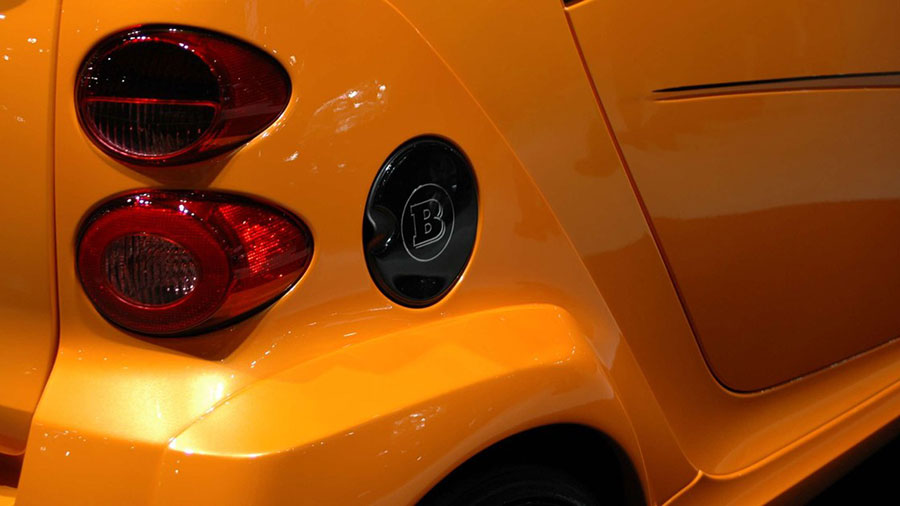The Commission today took a decisive step forward in implementing the EU’s commitments under the Paris Agreement for a binding domestic CO2 reduction of at least 40% till 2030. At the same time as the international climate conference takes place in Bonn, the Commission is showing that the EU is leading by example.
Commission President Jean-Claude Juncker outlined in the State of the European Union speech in September: “I want Europe to be the leader when it comes to the fight against climate change. Last year, we set the global rules of the game with the Paris Agreement ratified here, in this very House. Set against the collapse of ambition in the United States, Europe must ensure we make our planet great again. It is the shared heritage of all of humanity.” With the entering into force of the Paris Agreement, the international community has committed to move towards a modern low-carbon economy, while the automotive industry is undergoing profound transformation. The EU must seize this opportunity and become a global leader, with countries such as the United States and China moving ahead very quickly. To give one example: EU sales of new passenger cars relative to global sales have decreased from 34% before the financial crisis (2008/2009) to 20% today. To maintain market shares and to accelerate the transition towards low and zero emission vehicles, the Commission proposed today new targets for the EU fleet wide average CO2 emissions of new passenger cars and vans that will apply from 2025 and 2030 respectively. The package will also put in place a clear direction of travel towards achieving the EU’s agreed commitments under the Paris Agreement and will stimulate both innovation in new technologies and business models, and a more efficient use of all modes for the transport of goods. These proposals will be boosted by targeted financial instruments to ensure a swift deployment. The CO2 emission reduction targets the Commission proposes today are based on sound analysis and broad stakeholder involvement, from NGOs to industry. Both for new cars and vans, the average CO2 emissions will have to be 30% lower in 2030, compared to 2021.



